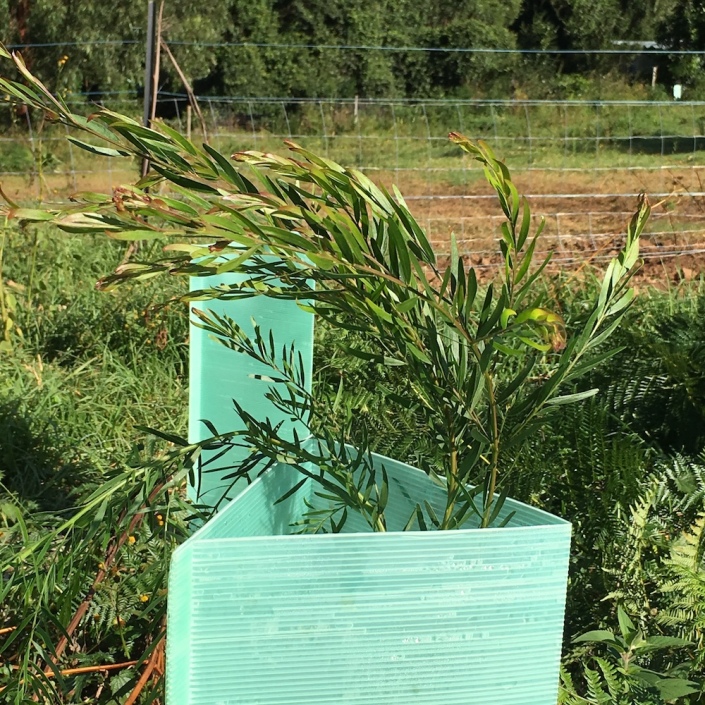Acacias as pioneer species in an edible forest garden
One of the defining features of an edible forest garden is the process of instant succession.
As the planner of an edible forest garden, I have a (reasonably) clear idea of the end state that I’m looking for. This includes having all the ecosystem niches filled, so the garden is as stable as possible, requiring the minimum of maintenance effort.
Instead of just hoping for the best, instant succession involves planting a whole set of plants at the outset to shape what direction the garden takes. So in the one hit, you plant the edible trees, mid-storey bushes, herbaceous plants and groundcovers.
One of the key players in an early edible forest garden are pioneer species. These grow very rapidly, even in low fertility soil, to provide protection for everything that follows.

In an Australian context, acacias (wattles) provide an ideal pioneer species. There are hundreds of varieties, that grow from prostrate bushes to large trees, so there’s an acacia for every situation.
Best yet, acacias are nitrogen-fixing. They can also be pruned heavily, which adds this nitrogen into the soil, from the roots and fallen branches.
But that’s all in theory. In practice, the wallabies (or wombats?) ate all the acacia seedlings we planted, and the drought conditions probably didn’t help either.
Thankfully things are now going better to plan. As you can see from the photo above, the more recent acacia fimbriata seedlings have burst out of their tree guards and are heading for the sky. These will be allowed to grow into small trees, providing a temporary canopy for the fruit trees below.
In due course, they can be heavily pruned or coppiced, or potentially removed entirely, as the fruit trees reach full size.